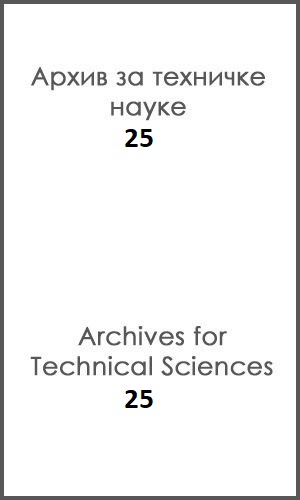PLANTS AND MAXIMUM PERMISSIBLE CONCENTRATIONS OF HEAVY METALS IN SOIL
DOI:
https://doi.org/10.7251/afts.2021.1325.077GAbstract
The tentative permissible concentrations and the maximum permissible concentration of heavy metals do not always give a complete adequate assessment of the effect on plants. Plant growth inhibition can be at concentrations below the maximum permissible concentrations and tentative permissible concentrations.
We studied the effect of copper, zinc, cadmium, and lead concentrations on plants. The object of the research is the lawn grass, the Agrostis stolonifera used in urban greening. According to the data obtained, Agrostis stolonifera showed a low degree of resistance to copper, lower than the tentative permissible concentration and the maximum permissible concentration. Consequently, the tentative permissible concentration and the maximum permissible concentration do not fully reflect the real
phytotoxicity of copper.
Plants of Agrostis stolonifera demonstrated a relatively high sensitivity to zinc in comparison with the maximum permissible concentration and the tentative permissible concentration. The content of cadmium and lead corresponding to the tentative permissible concentrations did not have a significant effect on the plants.
Keywords: maximum permissible concentration, soil, copper, zinc, urban greening

